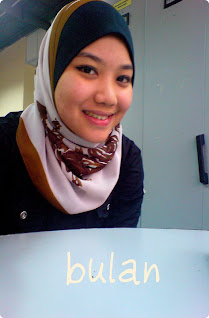Second experiment – Yeast bread
Bread is a staple food prepared by cooking a dough of flour and water and often, additional ingredients. Doughs are usually baked, but in some cuisines breads are steamed, fried, or baked on an unoiled skillet . It may be leaved or unleavened. salt, fat and leaving agents such as yeast and baking soda are common ingredients, though bread may contain other ingredients, such as milk, egg, sugar, spice, fruits (such as raisin), vegetable (such as onion), nuts (such as walnuts) or seed (such as poppy). Fresh bread is prized for its taste, aroma, quality, appearance and texture. Retaining its freshness is important to keep it appetizing. Bread that has stiffened or dried past its prime is said to be stale. Modern bread is sometimes wrapped in paper or plastic film, or stored in a container such as a breadbox to reduce drying. Bread that is kept in warm, moist environments is prone to the growth of mold. Bread kept at low temperatures, in a refrigerator for example, will develop mold growth more slowly than bread kept at room temperature, but will turn stale quickly due to retrigradation.
The soft, inner part of bread is known to bakers and other culinary professionals as the crumb, which is not to be confused with small bits of bread that often fall off, called crumbs. The outer hard portion of bread is called the crust.
As we can read at the above that is a little bit of introduction about bread. last week we have done doing the experiment about angel cake. In this week we are doing the yeast bread and here are the objective :
* Explain the procedure for making yeast dough, outline the precautions that need to be observe and assess the quality of yeast product.
* Identify the practical used of various types of flour in yeast product.
* Discuss the important of kneading and of control of water (or other liquid) to flour reaction in bread dough.
The basic formula of Bread
118ml (1/2c) water at 35°C
230g (17/8c) all purpose flour (we add 30g of flour)
* Add yeast to 59 ml water after being certain that the temperature is 35°C. Melt the shortening.
* Place the sugar, salt and remaining 59ml water in a mixing bowl and add shortening and then the yeast –water mixture and stir to blend.
* Gradually begin adding the flour while mixing slowly with wooden spoon and add enough flour to make a very soft paste.
* Continue mixing by hand with a wooden spoon while adding just enough flour to make a smooth, non sticky rather than soft dough.
* If all of the weighed flour is used, weigh another 25g and use what is needed to make the dough manageable.
* Knead dough on a bread board by folding the far edge of the dough to meet the front edge and pushing firmly with the heel of both hands before rotating the dough 90and repeating the process until 100 kneading strokes have been complete.
* Let rise 30 minutes in a water bath maintained at 32©c(90©F).
* Punch dough down after estimating the volume of the risen dough.
* Shaped into a loaf and place in a greased loaf pan 5.3/4” X3 ½ “X 2 “.
* Return to the water bath and let rise until double in volume. Preheat the oven 220©c (425©F). Baked about 15 minutes.
è Like last week we have been divide with a different group and different task. In this week we get the task about :
PROCEDURE
1. Amount of kneading
a) 100 strokes(control)-prepare the basic formula. This is the control loaf for judging all the variation.
b) 200 strokes kneading-prepare the basic formula but knead the dough 200 times. Be sure to maintain the same kneading technique and pressure through out the process.
è The pictures during the process J
|
1. The ingredients and the process of kneading 100 and 200 strokes of kneading |
|
2. The dough after rest. Left 100 strokes right 200 strokes. |
|
3. Shape into loaf and place at aluminum loaf pan. |
|
4. Up: 100 strokes weight, 200 strokes weight Down : the dough after rest 30 minutes more. |
5-The final result of the bread
from the experiment we can make conclusion that :
a) the best amount for making a bread is 100 strokes of kneading.

















